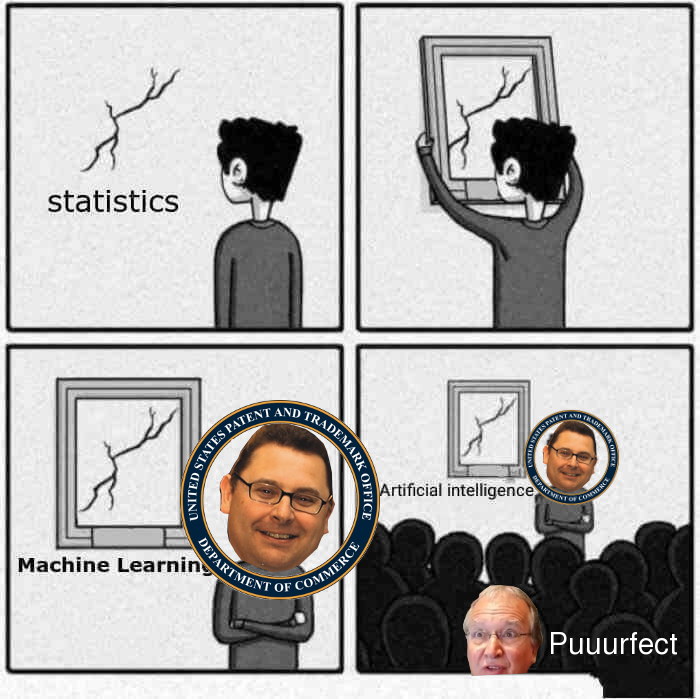

THIS site has changed a bit this year. Since springtime we've increased focus on GNU/Linux and since last winter we've been gradually reducing coverage of U.S. Patent and Trademark Office (USPTO) affairs, focusing instead on the European Patent Office (EPO) under António Campinos, Battistelli's friend. There's still plenty of coverage about 35 U.S.C. €§ 101 cases in our daily links (which recently became bi-daily) and we habitually write about software patents. It's just that in the world as a whole, notably in the US, such patents are waning. How does one 'work around' Mayo/Alice (SCOTUS)? It's not simple, but at the examination phase it's easier to manipulate the examiners into granting patents on algorithms. Days ago Watchtroll once again blasted the Patent Trial and Appeal Board (PTAB), equating its work with "harassment" of "patent owners" [sic], then urging Andrei Iancu to stop or at least curtail inter partes reviews (IPRs). This sort of blowhard nonsense from Watchtroll's founder simply reveals just how desperate and foolish patent zealots have become.
"The writers at IAM constantly promote these buzzwords, as does the EPO."Watchtroll, however, does not have a monopoly on such nonsense. And to think that the EPO's management liaises with Watchtroll is a rather disturbing thought.
The desire to 'dance' around the law and grant bogus, abstract patents isn't new. Methods appear to have increased in number and these typically boil down to semantics and buzzwords.
"It certainly seems like the world of patents is increasingly dominated by marketing phonies and imposters, not technical people. That's a profound problem.""Through strategic claim drafting, oil and gas companies can overcome Section 101 and obtain patents covering digital technologies and AI, say Charles Collins-Chase, Jennifer Roscetti and Paul Townsend of Finnegan," wrote the patent maximalists in "Oil and gas digitalisation: overcoming ۤ101 to obtain valuable patents". They basically celebrate software patents that are fake patents using buzzwords like "HEY HI" and other nonsense put forth by the likes of Finnegan, a litigation giant that sponsors the likes of IAM. The writers at IAM constantly promote these buzzwords, as does the EPO. What would courts say? They're not in the business of granting as many patents as possible, so a sober analysis would likely squash such patents. But it's not cheap; court battles are very expensive.
Citing the EPO's "Problem-Solution Approach", patent attorney "MaxDrei" (frequent commenter on EPO matters at IP Kat) wrote about some of these ridiculous "HEY HI" patents that reach the EPO and other patent offices. To quote the comment:
Let us take the two examples and address them like the EPO does, using its Problem-Solution Approach. So, two part form of claim, characterized by.....fractal. Thus, the beverage container I take to be old except that its bumps and dimples are, well, fractal ones.
According to the application as filed, what is the technical problem (X) for which "fractal" is the solution? What is it that fractal bumps do that conventional bump patterns fail to do? We need to know that, so we can scour the prior art universe for hints or suggestions that, if X is your problem, it might be worth rendering your bumps as "fractal".
Could it be that the only problem we can derive from the application as filed is the problem of finding an alternative? Could it be that the algorithm was also searching the prior art to find an alternative and found it in "fractal"?
As to the candle invention, I can see that random or pseudo-random flickering might command attention more strikingly than metronomic flickering. But again, what is the technical problem (Y) for which the solution is "fractal"?
The imaginary person skilled in the art is deemed dispassionately to scour all the prior art, looking for hints or suggestions. Is this not the same as what the machine "inventor" is doing? If it finds any such hint or suggestion, has it executed an act of invention? But then; what if it keeps quiet about where it found its hint or suggestion and instead holds out its feature combination as its own flash of inspiration? Who can deny it?